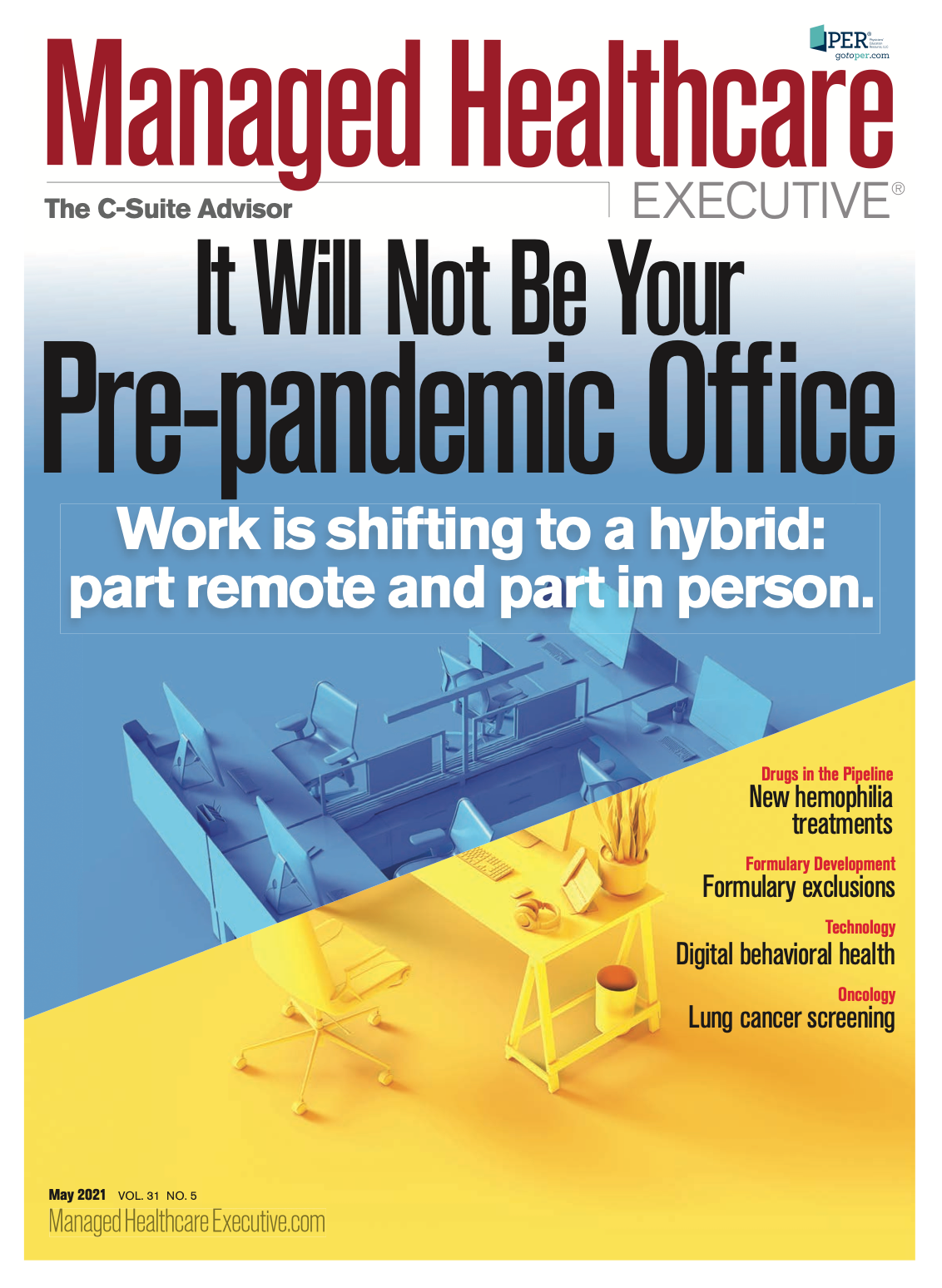New Hemophilia Treatments Look to Cut Number of Infusions
Longer half-lives mean less frequent administration and improved quality of life.
A potential new generation of treatments for hemophilia may build on the progress made in treating the condition, which affects approximately 400 infants born each year, by reducing the burden that treatment can have on patients’ quality of life.
Hemophilia is a rare, genetic disorder in which a person’s blood does not clot normally, resulting in spontaneous bleeding internally and excessive bleeding after injury or surgery. The condition is more common in males than females, affecting 1 in 5,000 male births.
The condition may result in chronic joint disease from repeated bleeding into the joints, neurological damage and damage to other organ systems. Hemophilia can also lead to quality-of-life issues, including psychological and social issues.
The goal of treatment typically focuses on preventing bleeding. For patients with hemophilia A, the most common type of hemophilia, the inability of the blood to clot is caused by a shortage of a protein called factor VIII. Treatments focus on factor VIII replacement, which helps the blood clot. Thanks to the class of treatment, people with hemophilia A now live nearly as long as people without the condition.
However, there is still room for improvement in hemophilia treatment because of the relatively short half-life — a measurement of how long a drug will work based on the time it takes for the amount of the drug in your body to be reduced by half — of traditional factor VIII treatments. The shorter a drug’s half-life, the more often it needs to be administered.
With traditional factor VIII replacement options, the half-life life ranges from 15 to 19 hours, so patients need to get treatment about every other day. Factor VIII is administered intravenously, so frequent administration has a major effect on the quality of life of patients.
One of the goals of the newer hemophilia A treatments is to lengthen the time between infusions. The newer treatments include:
- Biogen’s Eloctate, or antihemophilic factor (recombinant) Fc fusion protein, which in 2014 became the first approved treatment of its kind for adults and children with hemophilia A.
- Novo Nordisk’s Esperoct, or antihemophilic factor (recombinant) glycopegylated-exei, which the FDA approved in 2019 for adults and children with hemophilia A.
- Bayer’s Jivi, or antihemophilic factor (recombinant) PEGylated-
auci, which was approved in 2018. Long-term results from a phase 3 trial of the treatment were recently released, confirming that the treatment safely prevents bleeds in young boys (under 12 years old).
An even newer generation of factor VIII replacements is aimed at further cutting the number of infusions needed. These treatments have a half-life up to four times that of traditional replacement therapies, so patients only need to be treated once a week.
Sanofi is currently recruiting patients for a phase 3 trial of its experimental treatment, provisionally named BIVV001, which is a fusion of several blood-clotting proteins and a protein polymer, XTEN, that extends the half-lives of therapeutic proteins. Although it remains to be confirmed how well the treatment works, positive results from a phase 1-2a open-label trial were reported in the New England of Journal of Medicine last year. The small, industry-sponsored study enrolled 16 men with severe hemophilia A who were treated with a single dose of BIVV001.
Other factor VIII products in development include CSL626 from CSL Behring, a biotech company headquartered in suburban Philadelphia, and OCTA101 from Octapharma, a Swiss company that focuses on products made from human plasma.
Jaime Rosenberg is a freelance medical writer based in Jersey City, New Jersey.

Bridging the Diversity Gap in Rare Disease Clinical Trials with Harsha Rajasimha of IndoUSrare
November 8th 2023Briana Contreras, an editor with Managed Healthcare Executive, spoke with Harsha Rajasimha, MD, founder and executive chairman of IndoUSrare, in this month's episode of Tuning in to the C-Suite podcast. The conversation was about how the disparity in diversity and ethnicity in rare disease clinical trials in the U.S. has led to gaps in understanding diseases and conditions, jeopardizing universal health, and increasing the economic burden of healthcare.
Listen
Gene Therapy Cuts Bleeding and Medicine for Hemophilia B Patients for Over a Decade
June 17th 2025It was found that those with severe hemophilia B have less than 1% of normal factor IX activity, often experiencing spontaneous bleeding that can cause joint damage or life-threatening events.
Read More
David Calabrese of OptumRx Talks Top Three Drugs in Pipeline, Industry Trends in Q2
July 1st 2020In this week's episode of Tuning Into The C-Suite podcast, MHE's Briana Contreras chatted with David Calabrese, R.Ph, MHP, who is senior vice president and chief pharmacy officer of pharmacy care services company, OptumRx. David is also a member of Managed Healthcare Executives’ Editorial Advisory Board. During the discussion, he shared the OptumRx Quarter 2 Drug Pipeline Insights Report of 2020. Some of the information shared includes the three notable drugs currently being reviewed or those that have been recently approved by the FDA. Also discussed were any interesting industry trends to watch for.
Listen
Careful Consideration Needed for Management of Acquired (Autoimmune) Hemophilia
May 22nd 2025Patients diagnosed with acquired (autoimmune) hemophilia, a serious and rare bleeding disorder, have high rates of hospital readmissions because of infections and bleeding, as well as high death rates especially among older patients.
Read More